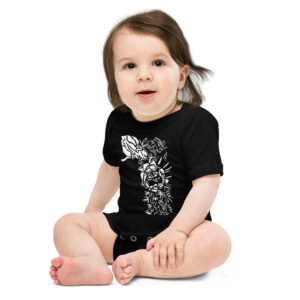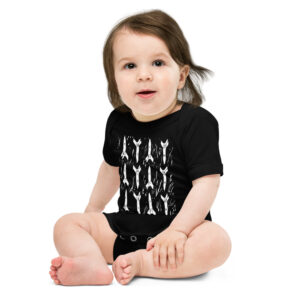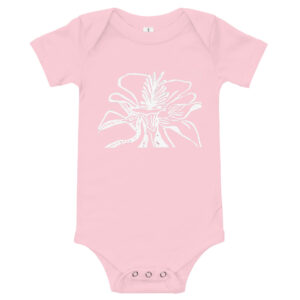
Collagraph Printmaking at Home
Collagraphy is a cool way to make prints by mixing different materials together like a collage. It’s a blend of painting, sculpture, and printmaking. With collagraphy, you can create textured prints that look and feel three-dimensional. This method mixes relief printmaking with traditional intaglio printmaking.
What’s nice about it is that you don’t need specialized equipment – just everyday stuff you can find around the house. This makes it perfect for trying out art projects at home or in school. I have been hoarding cardboard, cereal boxes, and burlap to create these kinds of prints at school with students.
Check out this post with ideas for Collagraph printmaking plates from around the house.
Collagraphy is a printmaking technique where a variety of materials are assembled onto a firm plate to form a textured plate. This method is fantastic for experimenting with texture and depth, using items you can find around your home. Collagraph printmaking is basically a collage that you ink and print.
Exploring Texture in Collagraph Prints
Each material you use can have a unique texture to the final print, allowing for endless experimentation. For instance, lace or fabric creates delicate patterns that can be selective or largely used, while leaves or feathers can produce natural, organic shapes and textures.
The thickness and absorbency of the materials also play a critical role, affecting how much ink is retained and transferred onto the printing surface. Many plates created for collagraph are usually sealed with a varnish or shellack of some sort to prevent this absorption of ink into the materials used and to increase the longevity of the plate.
Inking and Printing Techniques with Collagraph Plates
Printing with a collagraph plate varies in ink application. Because it is a combination of intaglio and relief, you will need ink in order. This means you will rub ink into the crevices or recessed areas of the plate, then you will selectively wipe the area of ink to create a tone you’d like. Then you will apply an even application of ink onto the surface, typically using a roller or brush.
The inked plate is then covered with paper, and pressure is applied either through a printing press or by hand using a barren or spoon.
Understanding Ink Techniques in Collagraph Printing
This process, known as intaglio or relief depends on whether the ink sits in recesses or on raised surfaces. In the intaglio part of this process, the ink catches in the wells of the recesses. The deeper the recesses the more the ink pools in those areas. This is important to note while planning a collagraph plate.
Incorporating color into collagraph prints can further enhance the visual impact of the textures. This can be achieved through the use of multiple plates, each inked with a different color, or through the à la poupée method, where different colors are applied to specific areas of a single plate.
Collagraphy is not as well known as it used to be by printmakers, but as an artist, it has quickly become a favorite of mine to use with students and for my own work. This art form creates textures and spontaneous results that are so fun and accessible to create.
Collagraph Questions and Answers:
What materials work best for collagraph plates?
A: Firm materials such as cardboard, plexiglass, or thin wood panels serve as excellent bases for collagraph plates. They should be sturdy enough to withstand the gluing and sealing process, as well as the pressure of printing.
Q: How do I prevent my plate from falling apart during printing?
A: Ensuring your materials are secured to the plate. You can use a glue (hot glue is cool to use and also use traditional all-purpose glue) and allow it to dry completely before sealing the plate with varnish or shellac. This not only binds the materials together but also prevents them from absorbing ink.
Q: Can collagraphy be done without a press?
A: Yes, while a press can provide uniform pressure, you can also use hand tools like a barren, spoon, or even a rolling pin to press the paper onto the inked plate. Hand printing adds an element of spontaneity and uniqueness to each print.
Q: How do I clean my collagraph plate?
A: Careful cleaning is essential to preserve the textures of your plate. Gently wipe away excess ink with a soft cloth or paper towel. If water-based ink is used, a squirt bottle and a towel can be used, but be sure that the plate is completely dry before you ink again.
This post contains affiliate links, which generates some small commissions at no extra cost to you. This commission helps keep this blog and shop running. Thank you for your support. See my disclosure form for more information.
Materials Needed:
– Cardboard or stiff cardstock
– Textured materials (fabric scraps, leaves, string, plastic wrap, sand)
– Glue
– Ink or paint
– Rollers or brushes
– Paper
If you want to see alternate materials you can use from around your house check out my post Printmaking at home: Printing with everyday household items.
Step-by-Step Guide to Print a Collagraph:
1. Create Your Plate: Arrange and glue your textured materials onto your cardboard. Let it dry completely. Then seal it using shellac or varnish. (outside or in a well-ventilated area)
2. Apply Ink: Use a roller (brayer) or brush to apply ink to your plate. Ensure the ink covers all textures and edges. For the intaglio application of ink, you can use newsprint to wipe away the ink. Use tarlatan (wiping fabric) or starched cheesecloth for this as well.
3. Print: Place your paper over the inked plate. Apply pressure evenly with your hands, barren, or a rolling pin. Peel off to see your textured print.
Tips for Collagraph Printmaking:
– Seal your plate with glue or varnish before inking to prevent it from absorbing too much ink.
– Use a variety of textures to see how each interacts with the ink.
Your Turn!
If you have been working on creating prints I would love to see them. Post them in my Facebook Group Printmaking for Beginners.
Happy Printing!


